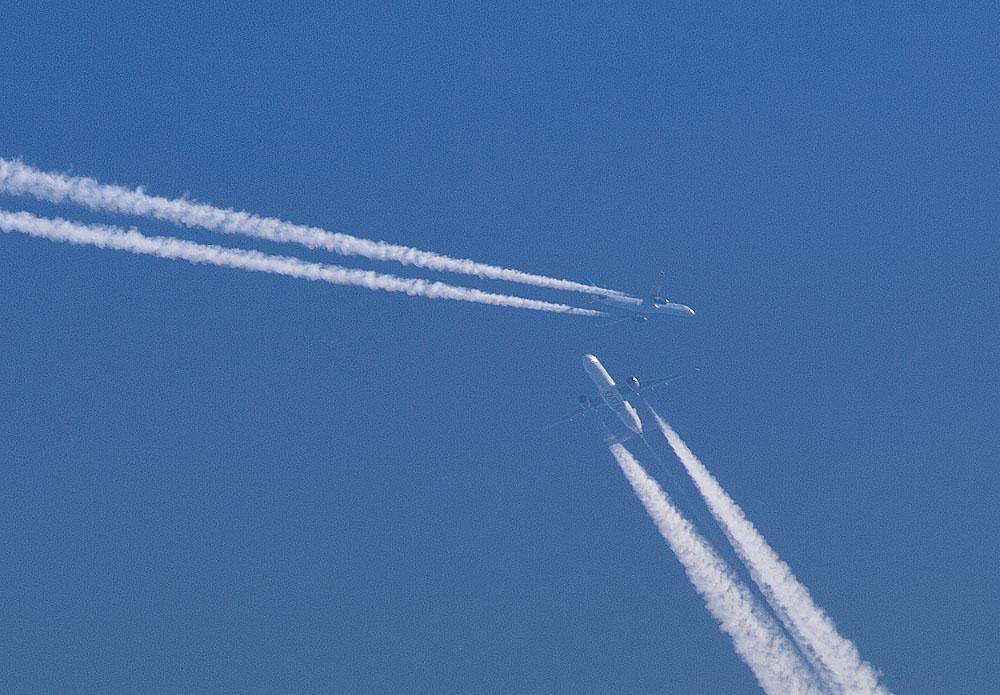
Credit: Joe Pries
FRANKFURT—The European Commission (EC) is proposing sweeping new sustainability legislation for aviation that includes tighter rules for its emissions trading scheme (EU-ETS), quotas for sustainable aviation fuel (SAF) and a fuel tax for intra-European flights. While supporting the initiative in...
Subscription Required
This content requires a subscription to one of the Aviation Week Intelligence Network (AWIN) bundles.
Schedule a demo today to find out how you can access this content and similar content related to your area of the global aviation industry.
Already an AWIN subscriber? Login
Did you know? Aviation Week has won top honors multiple times in the Jesse H. Neal National Business Journalism Awards, the business-to-business media equivalent of the Pulitzer Prizes.

